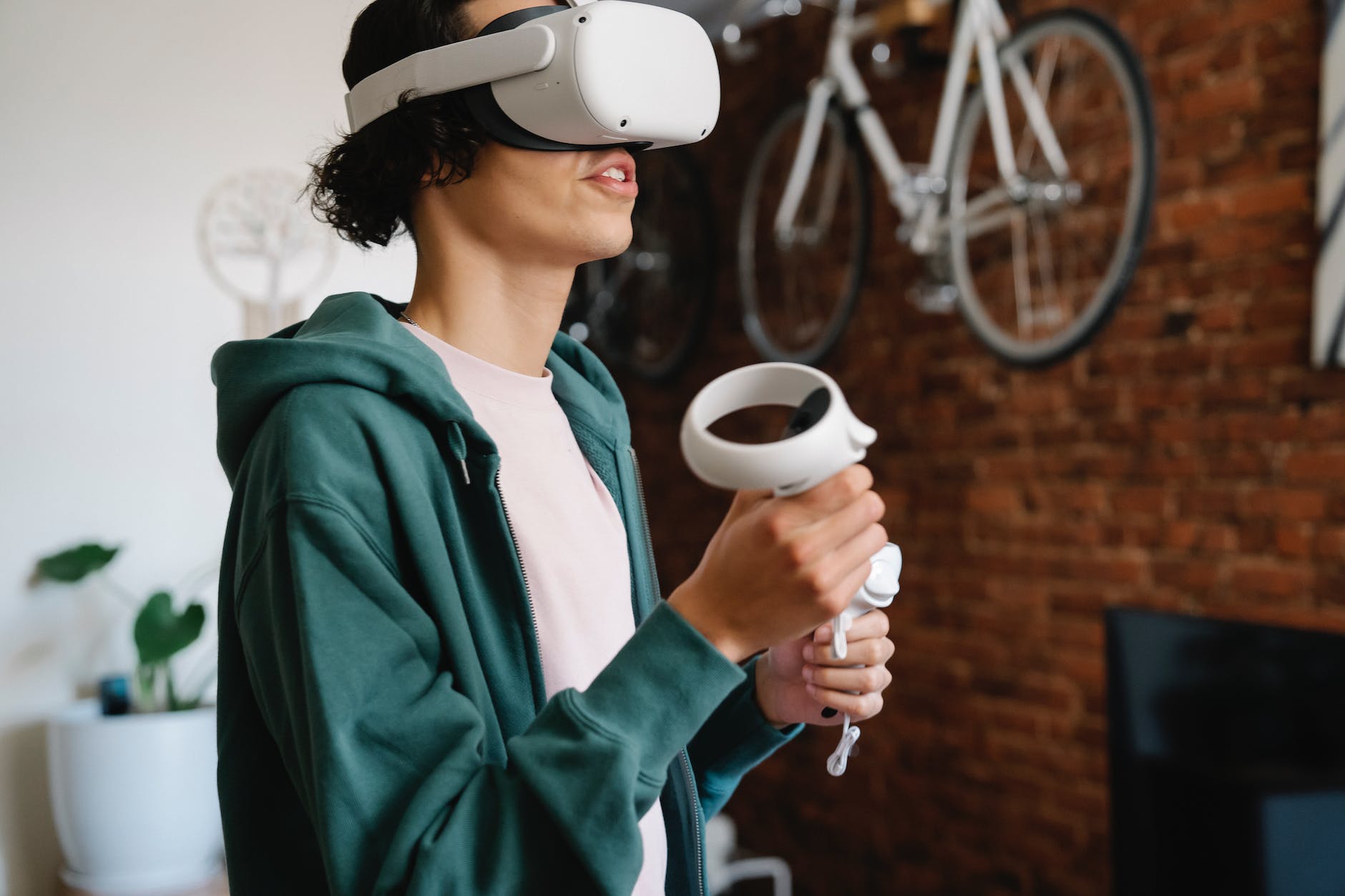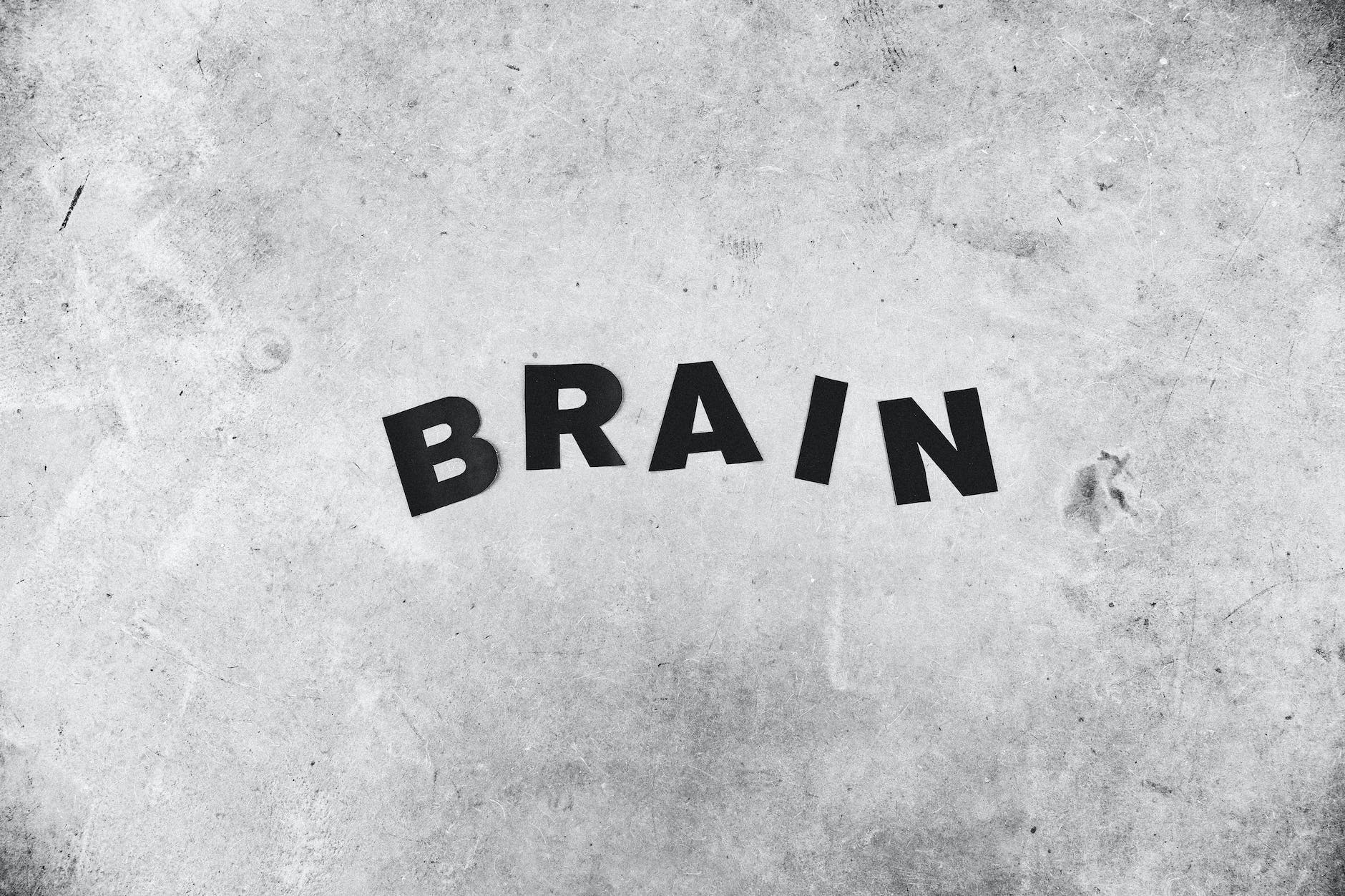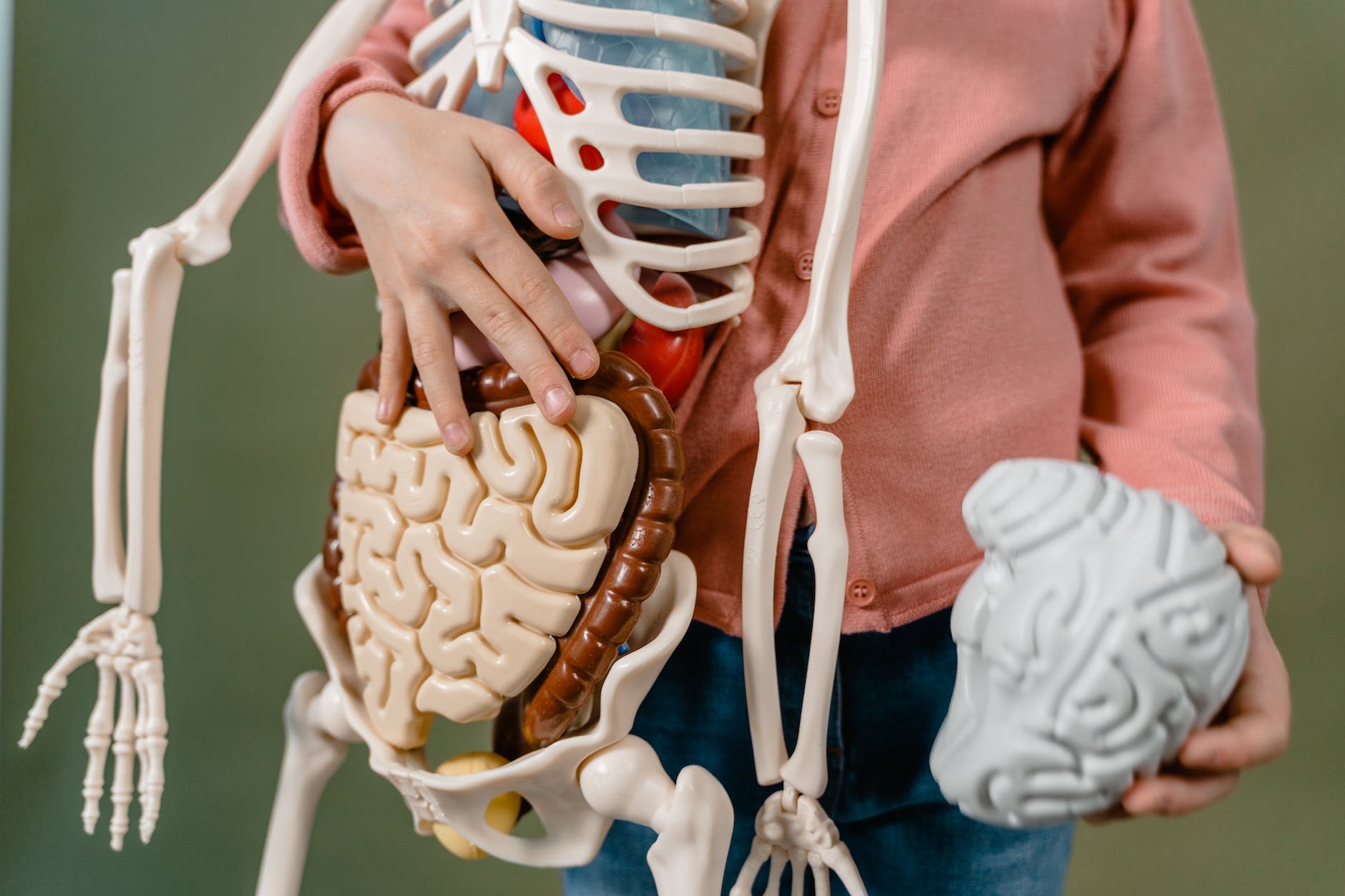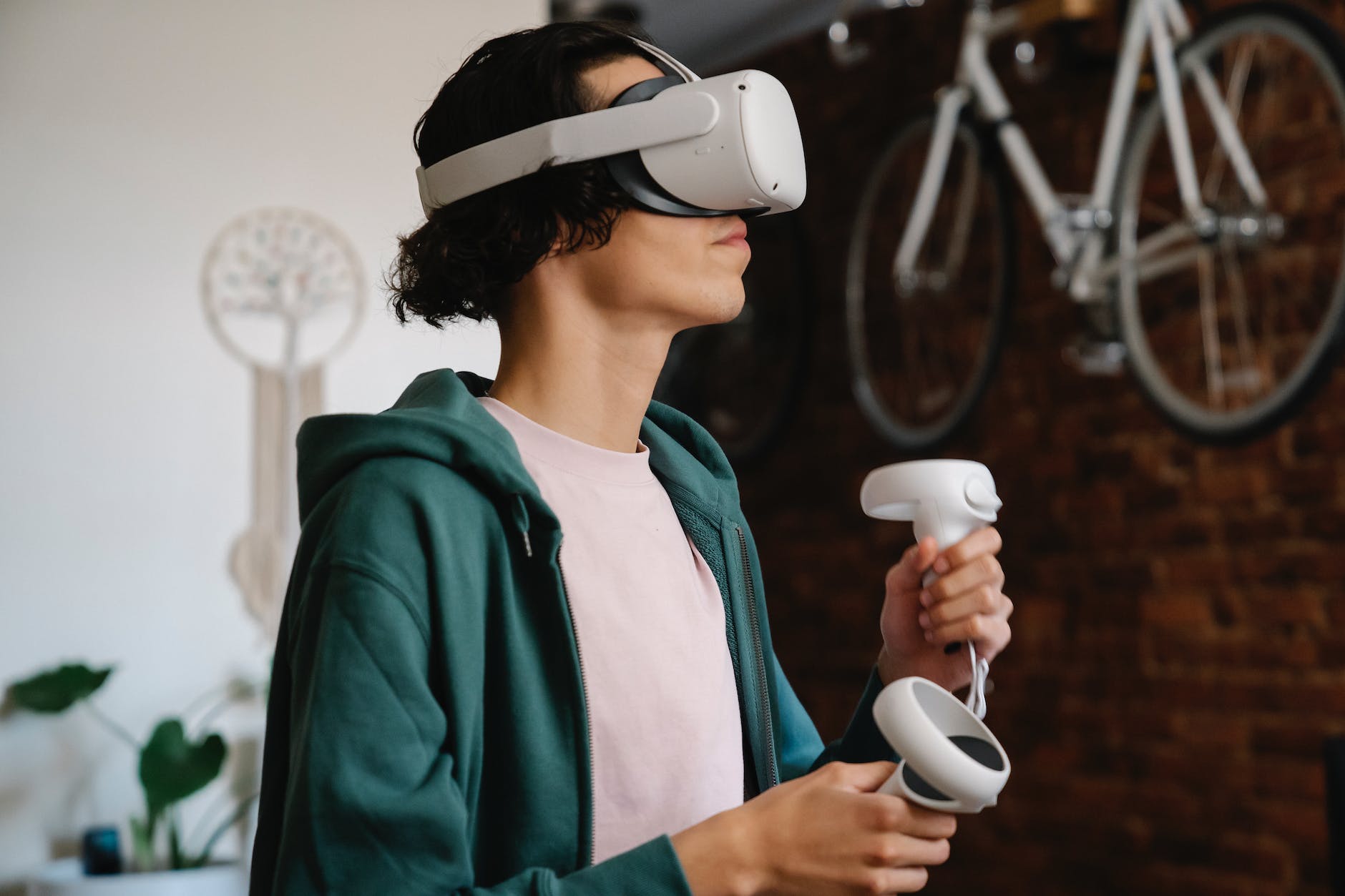The human visual perception is a complicated process, involving the brain’s interpretation of signals sent by the eye’s retina to create our perception of reality. Throughout human history, people have consistently sought ways to explore, manipulate, and understand these processes, resulting in an array of art, cultural practices, and scientific discoveries. One fascinating realm of this exploration involves the impact of psychedelics on visual perception.
Psychedelics are a class of drugs that significantly alter thought processes, mood, and perception, often leading to profound shifts in consciousness. Their influence on visual perception, in particular, has always been a focal point of interest. Commonly reported effects encompass hallucinations, synesthesia, and entoptic phenomena, all indicative of highly altered states of consciousness.
One of the most significant impacts of psychedelics on visual perception is the experience of hallucinations. These are not necessarily the fantastical visions of objects that aren’t there, as popular culture would have us believe. Instead, they often manifest as distortions or transformations of the existing environment. Walls may breathe, patterns may morph, and colors may become more vivid. However, the precise mechanisms behind these hallucinations are yet to be fully understood.
Contributing towards these hallucinations, psychedelics also induce a phenomenon called synesthesia. This is a cognitive condition characterized by cross-modal perceptions, such as “hearing” colors and “seeing” sounds. Under the influence of psychedelics, synesthesia may manifest with varying intensity and duration, allowing individuals to experience reality in previously unimaginable ways.
Another intriguing visual effect of psychedelics is their ability to stimulate the appearance of entoptic phenomena, the visual effects whose source is within the eye itself. These phenomena often include geometric patterns, swirls, waves, or tunnels and serve as a common thread across numerous cultural depictions of psychedelic experiences.
While these effects can be intriguing and bewildering, they all represent significant deviations from our normal states of consciousness. Altered states of consciousness, instigated by the psychedelic experience, can provoke hugely diverse psychological and perceptual changes. These can include radical shifts in thought and emotion, transformations in the understanding of self, time, reality, and sensational changes in visual, auditory and tactile perception.
The ongoing resurgence in psychedelic research promises to provide profound insights into these phenomena. Recent investigations have started to elucidate some biochemical and neural mechanisms behind these effects. They suggest that psychedelics, such as LSD or psilocybin, affect serotonin receptors in the brain, specifically the 5-HT2A receptors. Stimulation of these receptors seems to correlate with the imagery vividness during the altered states of consciousness, contributing to the visual distortions experienced during a psychedelic journey.
Simultaneously, modern imaging techniques shed light on the brain’s connectivity under the influence of psychedelics. Fascinatingly, studies indicate a dramatic increase in the brain’s connectivity, transforming the typical organization into a more unified, interconnected network, possibly accounting for the various unusual visual and cognitive phenomena experienced.
Ultimately, the exact way in which psychedelics manipulate our visual perception may elude us for some time yet. Still, ongoing research continuesto delve deeper into this mystifying realm of cognitive science. It is an area of study with the dual potential to provide insights into the therapeutic use of psychedelics and deepen our understanding of the complex machinery of the human consciousness and its perception of reality.








